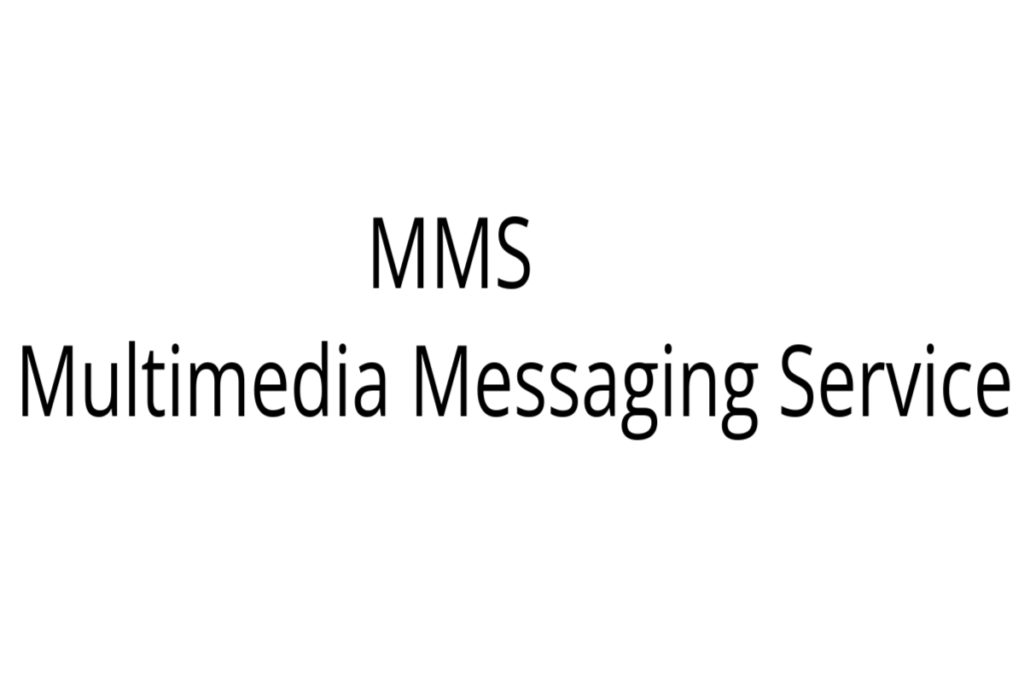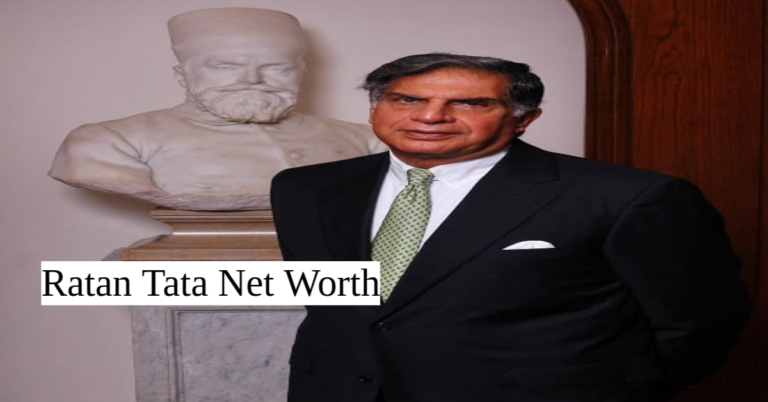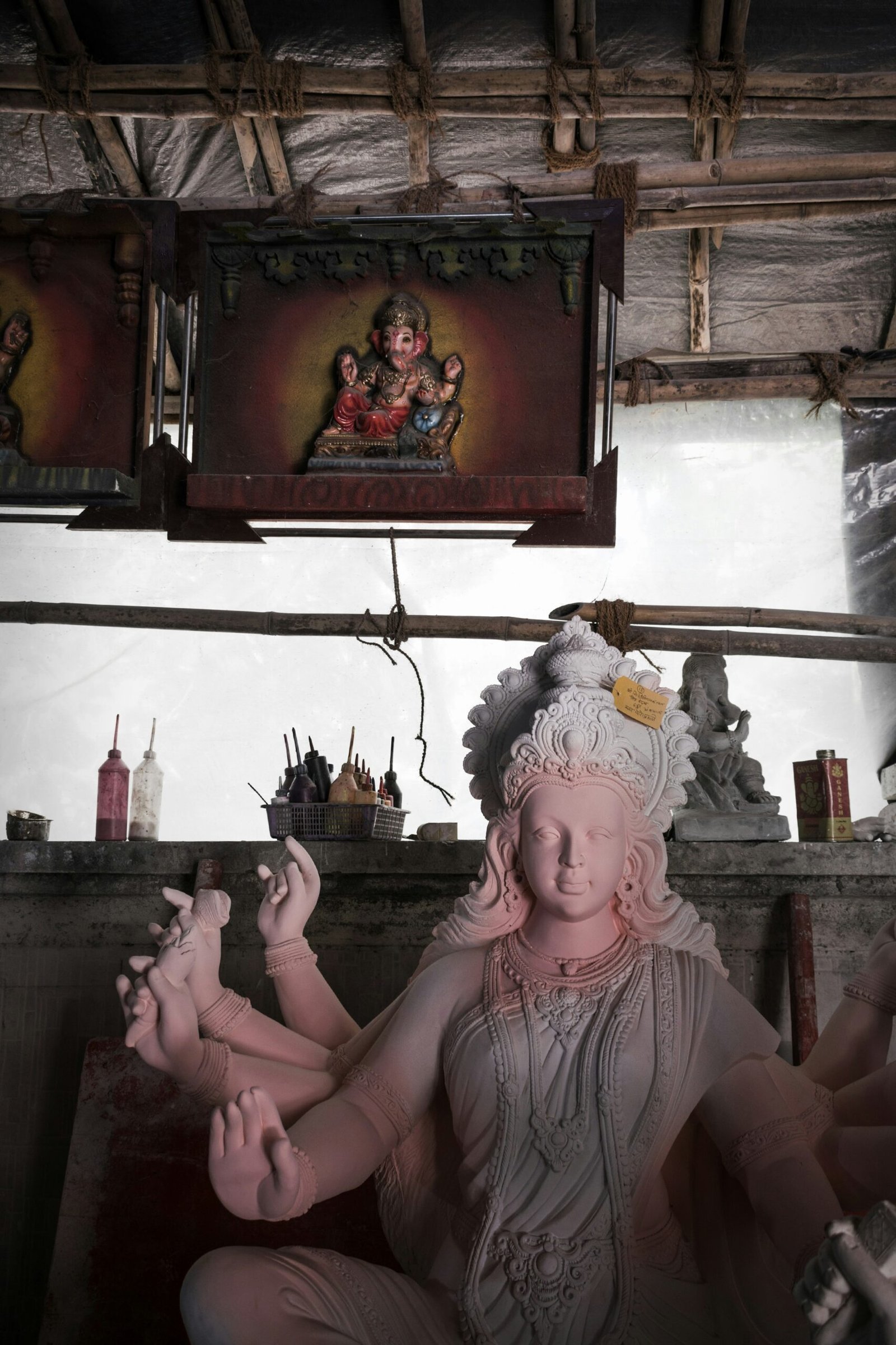
MMS
What is MMS?
The Full form of MMS is Multimedia Messaging Service, is a standard way to send multimedia content via mobile networks. Unlike SMS (Short Message Service), which allows for the transmission of only text, MMS enables the sharing of images, audio, video, and rich media content. MMS plays a vital role in modern communication by allowing users to share visual and audio content, making messaging more interactive and engaging.
MMS technology was introduced in the early 2000s to complement SMS, which had been widely adopted for simple text messages. MMS brought the ability to send larger files, including pictures, short videos, and sound clips. However, MMS messages are often limited in size, typically maxing out around 300 to 600 KB, depending on the carrier. This limitation leads users to sometimes compress files before sending them, affecting the quality of the shared media.
While MMS was originally intended to enhance the messaging experience for everyday users, it has also been co-opted in ways that have raised privacy and ethical concerns. As smartphones became more widespread and capable of taking high-quality photos and videos, MMS began to be used to share private or sensitive content, often without consent. The virality of such content, especially involving well-known figures, has become a significant concern in today’s digital age.
How MMS Becomes Viral on the Internet
The viral nature of MMS content on the internet is fueled by several factors, including ease of distribution, human curiosity, and the role of social media platforms. Once an MMS is shared with a few individuals, it can rapidly spread across different platforms such as WhatsApp, Facebook, Instagram, and Twitter. People often download, reshare, or forward MMS videos, especially those that are controversial, scandalous, or linked to celebrities or public figures.
Social media algorithms also play a role in the rapid spread of viral content. These platforms prioritize content that garners high engagement, such as likes, shares, and comments. When an MMS video starts circulating, users’ interaction with it can cause the platform’s algorithm to promote it further, thus amplifying its reach.
Another factor contributing to the virality of MMS content is the culture of “leakage.” Once an MMS video or image is leaked online, it becomes virtually impossible to contain it. Despite attempts to take down such content, the ease with which files can be downloaded and redistributed makes stopping its spread very challenging.
MMS Scandals in India
India has seen several high-profile MMS scandals that gained massive attention. These viral MMS cases often involve celebrities, influencers, or public figures whose private moments are captured and shared without consent. These videos, once leaked, quickly spread on social media, leading to public scrutiny, legal repercussions, and reputational damage for the individuals involved.
Desi MMS
The term Desi MMS refers to MMS videos originating from the Indian subcontinent that typically involve private or intimate moments of individuals. These videos often gain attention due to the cultural taboos surrounding discussions of sexuality and privacy in India. The term is often associated with controversial content, as such videos are usually shared without the consent of those involved, which raises serious ethical and legal issues.
Many Desi MMS clips become viral not just due to the content itself but also because of the thrill of breaking taboos. The consumption of such content may reflect societal attitudes towards privacy, and how easily individuals’ personal lives can become public in the digital age.
Anjali Arora MMS
One of the most discussed cases in recent times is the alleged Anjali Arora MMS video. Anjali Arora, a popular social media influencer, has millions of followers on platforms like TikTok and Instagram. In 2022, an alleged MMS video featuring her began circulating online, which caused a massive uproar.
Though the authenticity of the video was disputed, the damage was done. The viral nature of the video sparked various discussions, memes, and debates on social media. People started looking for the “Anjali Arora MMS video”, and it became a trending search term. The incident highlighted how quickly MMS videos could become viral, especially when associated with popular personalities. It also raised questions about cyber safety, privacy, and consent in the digital space.
Gungun Gupta MMS
Another case that gained traction online was the alleged Gungun Gupta MMS scandal. Gungun Gupta, like many other influencers, found herself embroiled in controversy when an MMS video purportedly featuring her was leaked online. The video, labeled “Gungun Gupta viral MMS”, quickly spread across various social media platforms, turning into another example of how MMS content can cause reputational damage.
The Gungun Gupta MMS video became the subject of countless discussions on forums and social media, illustrating how internet users consume and spread such content without much consideration for its impact on the individuals involved. This case added to the growing concern over the unauthorized sharing of private content and its viral nature.
Subhashree Sahu MMS
Similarly, the alleged Subhashree Sahu MMS video garnered widespread attention. Subhashree Sahu, a rising social media personality, found herself in the middle of a viral storm when her MMS video was reportedly leaked. This incident, like others, was a clear example of how privacy violations can easily go viral, causing irreversible damage to an individual’s reputation.
The Subhashree Sahu MMS case, alongside others, underscores the broader issue of how viral MMS videos are exploited by social media platforms and internet users, often with little regard for the personal and emotional toll on those involved.
Sourav Singh LLB MMS Viral Video
The alleged Sourav Singh LLB MMS viral video added yet another layer to the ongoing saga of viral MMS content in India. This video reportedly showed the individual in a compromising situation, and like previous cases, it quickly became a topic of discussion on social media platforms. The viral nature of this video demonstrates how MMS content, whether authentic or not, can lead to public outrage, gossip, and speculation.
The Sourav Singh LLB MMS viral video brought to light the privacy challenges faced by professionals, students, and public figures alike. Once content like this spreads online, it becomes extremely difficult to contain the fallout, as internet users continue to reshare and discuss the video.
Kulhad Pizza MMS
The Kulhad Pizza MMS incident took on a slightly different tone but still showcased how quickly MMS content can go viral. This viral video involved a couple enjoying “kulhad pizza” during a private moment, and it caught the attention of social media users who turned it into a trending topic. The lighthearted nature of the content contrasted with the more scandalous nature of other viral MMS cases but still underscored how anything shared through MMS can quickly become public fodder.
Impact of Viral MMS Content
The viral nature of MMS content in India raises several ethical, legal, and social concerns. First and foremost is the issue of consent. In many viral MMS cases, the individuals involved have not given their consent for the video to be shared. This leads to serious privacy violations and can cause significant emotional and psychological harm to those involved.
Additionally, the legal landscape around MMS content is still developing. Indian law, particularly under the Information Technology Act, addresses cybercrimes, including the unauthorized sharing of private videos and images. However, enforcement can be challenging due to the nature of the internet and the ease with which content can be shared across multiple platforms.
The cultural implications of viral MMS videos also play a role in how these incidents are perceived. India, with its traditional views on morality, often views individuals in viral MMS videos through a judgmental lens. This leads to victim-blaming, especially when women are involved, rather than focusing on the violation of privacy and the illegal nature of the video’s dissemination.
How to Prevent MMS from Going Viral
In the age of the internet, it’s nearly impossible to prevent all instances of private content from going viral, but there are several ways individuals and platforms can mitigate the risks.
- Awareness and Education: Educating the public on the importance of privacy and consent is crucial. Many people still do not fully understand the ramifications of sharing private content without permission.
- Cybersecurity Measures: Stronger cybersecurity measures, such as encryption and secure apps, can help protect personal videos from being leaked in the first place.
- Legal Enforcement: Governments must enforce stricter penalties for individuals who share private MMS content without consent. This includes both those who initially leak the content and those who reshare it.
- Platform Responsibility: Social media platforms must take a more active role in monitoring and removing unauthorized MMS content. Automated detection systems could be employed to flag and take down videos that violate privacy laws.
- Personal Responsibility: Individuals should also be cautious about what they record and share. Even if content is meant to be private, once it is shared, it can easily fall into the wrong hands.
Conclusion
The rise of viral MMS content in India highlights the complexities of privacy in the digital age. Scandals involving figures like Anjali Arora, Gungun Gupta, Subhashree Sahu, and Sourav Singh LLB demonstrate the damaging effects that viral content can have on a person’s reputation and mental health. While MMS was created to enhance mobile communication, its misuse for spreading private and compromising content without consent poses significant ethical and legal challenges that require urgent attention.






